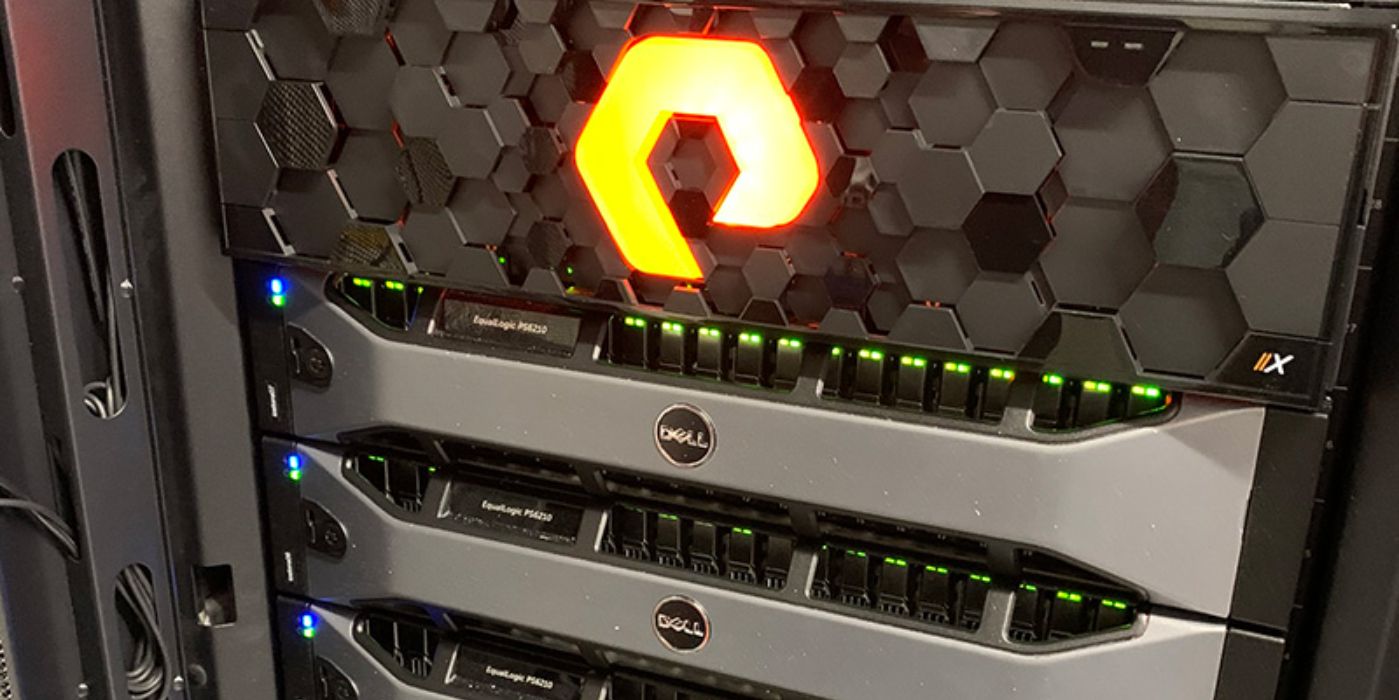Hardware

The DAFNI hardware is currently split between two major clusters—an active production cluster and a cluster specifically designated for
future development. Our production cluster is available to users via the DAFNI front-end and consists of 12 server nodes, each of which is
fitted with two Intel Xeon Gold 6142 processors. This gives users access to a total of 384 cores, with a working memory of 9TB. For
GPU processing we have 10 Nvidia V100 GPU’s (paired on nodes), of which 6 are currently available to workflows submitted on the production cluster.
The disk space on DAFNI is provided by Pure Storage, which offers an extensible high-throughput SSD/Flash storage pool with a quick-add limit of 55TB.
Additional hardware resources are allocated for use in the development of a new DAFNI Kubernetes cluster, which brings the total number of processors (including those listed above) to 792 with 16.8 TB of memory.
We have also been investigating options for utilizing other STFC resources, including options for expanded cloud compute and data hosting services.
We fully expect DAFNI to evolve in the future, with the capability of the cluster improving and adapting over time to meet the changing needs of our user base.
Architecture
In order to achieve DAFNI’s goal of providing a common platform for shared data, and models , and to help create a shared space for collaborations, the overall DAFNI architecture has been designed around a set of core components.
National Infrastructure Database
The NID provides a searchable catalogue of data for DAFNI, and manages the uploading and publication of data. It also handles the metadata provided with the data, which is used in searches.
National Infrastructure Modelling Service
The NIMS provides a suite of accessible models and facilitates the development of multi-systems models. Models in DAFNI are containerised (using docker), which allows models to be uploaded and used in workflows regardless of language, and helps prevent legacy issues with dependencies.
National Infrastructure Visualisation Suite
The NIVS supports basic graph construction with a visual editor for csv files, and also supports Jupyter notebooks for more advanced analysis of data
Interested in collaborating with DAFNI?
If you would be interested in using DAFNI, would like to access Data on DAFNI or involve us in a new project, we would like to hear from you. Please complete your details on the contact form using the link and we will be in contact with you by email.
